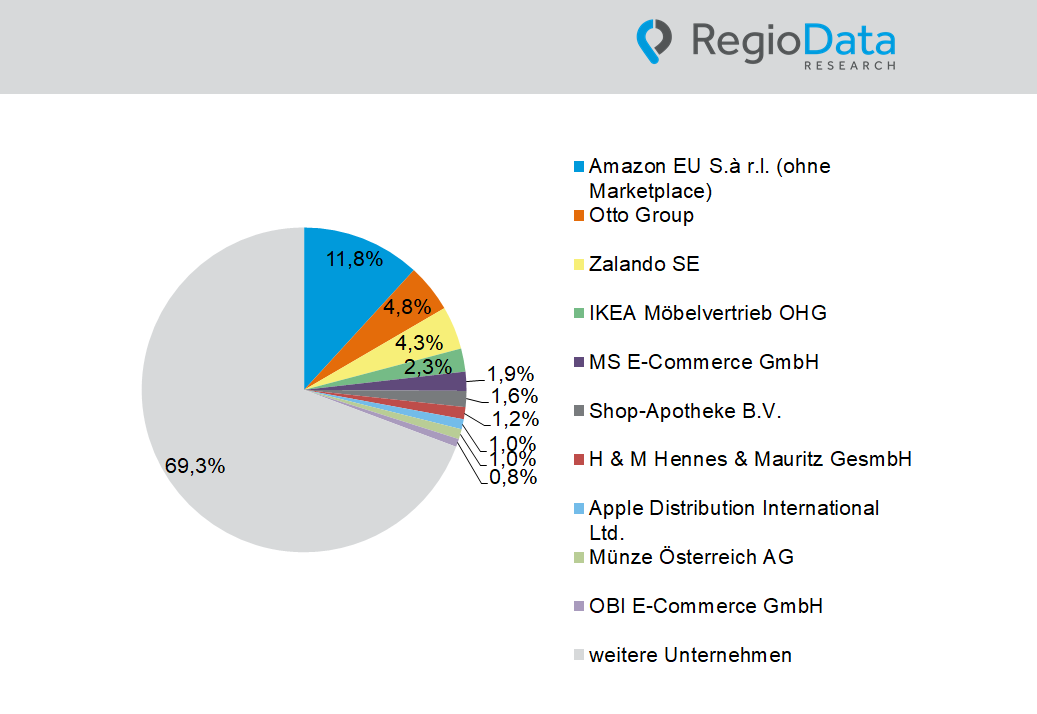Austria
Online Affinity - The reflection of live values
The lower the variety of stationary offerings, the higher the online usage? Online affinity, i.e., people’s inclination to use online services and shopping opportunities, is actually not directly related to the retail supply level, as it may initially appear. Instead, it is closely linked to individual lifestyles and consumer typologies, as revealed in the RegioData online affinity study.
The graphical representation illustrates that online affinity is particularly pronounced in regions where younger and more affluent urban consumer groups reside. In contrast, in more rural areas where the retail supply level is generally lower, there is, interestingly, a lower online affinity. This highlights that online affinity is not a phenomenon of supply intensity but is rather attributed to the changing values and preferences of different consumer groups.
A brief look at the distribution of online affinity in Austria reveals that Vienna, with an online affinity index of 103.7, is the federal state with the highest online affinity. Nine viennese districts occupy the top 10 positions in the nationwide district comparison.
Salzburg comes in second place, followed by Vorarlberg. Burgenland, on the other hand, has the lowest online affinity among the provinces with an index of 95.8. Despite Tyrol’s low online affinity, the region around Innsbruck is characterised by more intensive online behaviour.
Although general trends vary only slightly, online affinity varies considerably at the small-scale level. Apart from Vienna and the Vienna region, especially urban areas such as around Linz and Wels show a high online affinity. In the area of Waldviertel and Südburgenland, online offers are among the least used.
The district of Hermagor in Carinthia brings up the rear in terms of online affinity and is also one of the five districts with the lowest purchasing power in Austria.
The differences in online affinity at the regional level reflect the manifold influences that affect consumer behaviour. These result from a combination of socio-cultural, economic and demographic factors that directly shape people’s preferences and habits with regard to online services and shopping.
Share post




